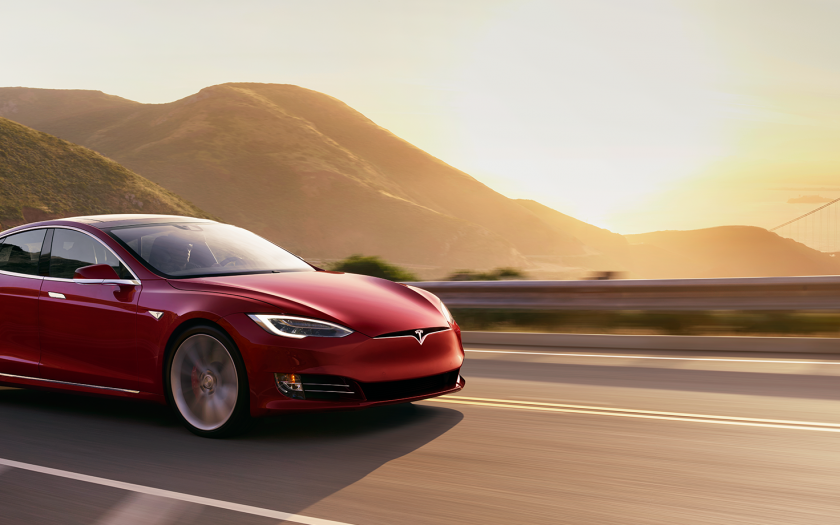WE’VE BEEN HEARING so many negative stories about Tesla that we’re starting to wonder if there’s a conspiracy against them.
Clearly, if the major car companies perceive Tesla as a threat, they would do everything in their power to deride the company and its products. Now, we’re not saying this is the case, but the amount of negative press (in the wider sense of the word) makes us wonder if it’s just a natural phenomenon or something more sinister.
Is the criticism justified?
Numerous blogs and forums seem to regularly spread rumours and negative publicity about the company.
In the past few months alone, we’ve seen comments about batteries made for Tesla causing more pollution than burning fossil fuels, extremely poor fit and finish (certainly unacceptable in cars that aren’t cheap), condensation inside headlights, dodgy electronics, freezing touch screens (and other screen anomalies), glass defects (including cracks in the rear window) and much more.
Not open to interpretation is that US Consumer Reports no longer recommends the Tesla Model 3 due to the number of its members reporting unacceptable problems. Reliability has been a major headache, including problems with suspension. The Model X SUV has had reports of problems with its falcon-wing doors and the Model S reportedly having loose trim, frozen or blank screen display and suspension woes. Counterintuitively, Consumer Reports mentions that the Tesla tops the list of brands that satisfy owners the most. This comes down to the enthusiastic following the brand has, which may account for some owners overlooking problems they might not be so accepting of in other brands. It’s not a new phenomenon; Jeep Wrangler owners are more likely to excuse faults than owners of other makes and models.
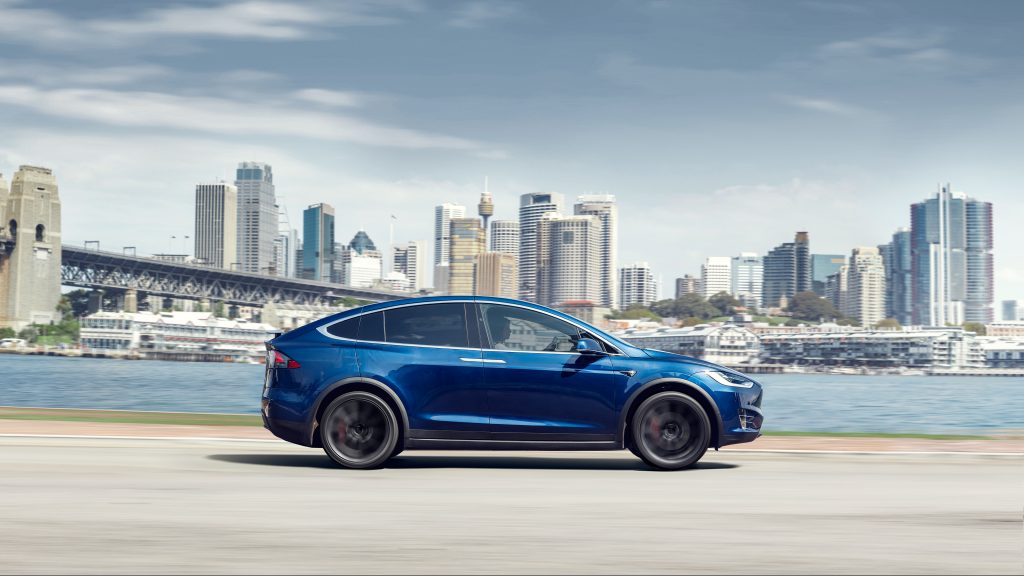
After some years on the market, Tesla should be coming to grips with these problems but clearly isn’t.
Complaints from owners are worryingly high. Objections have been raised about:
- Maintenance costs. Your average mechanic doesn’t know much about electric vehicles, or Tesla vehicles in particular. Owners report several days, even weeks before they get their cars back, and many technical issues not being resolved during the first visit.
- Over-promise and under-delivery. Nobody doubts that Elon Musk is a superb salesman, but many suggest Tesla products are far from sorted before they go on sale. Tesla has already been sued for not delivering the product they said it would be. And ADAC (the German auto body) has calculated, taking into account battery production and non-renewable sources for electric power, that a Tesla will have to be driven more than 600,000km before it will be more environmentally friendly than a similarly-sized diesel car and more than 115,000km before it equals a petrol-powered car.
- Quality control. Across all models, panel gaps on Teslas are, to be blunt, abysmal. Paint quality regularly draws complaints on various forums. Brand new cars are delivered with rust spots. A Michigan-based consulting agency dismantled a Model 3 and reported “build quality … the worst we have seen on any new car from any maker over the last 10 years”. Even more damningly, they likened it to a “Kia in the 90s”. Buyers of luxury cars expect better.
- High insurance costs. Anything new or innovative has its drawbacks, and insurance companies are notoriously conservative. With the Tesla, they have some reason: when something goes wrong, repair costs can be high (hi-tech parts are never cheap). Add in the amazing acceleration and power, Autopilot-related accidents and battery packs that are almost impossible to extinguish once they start to burn (in full-scale burn tests, fire kept flaring up even after it appeared to be extinguished; in one case a battery fire re-ignited 22 hours after it was declared extinguished) and you have more than enough justification for high premiums.
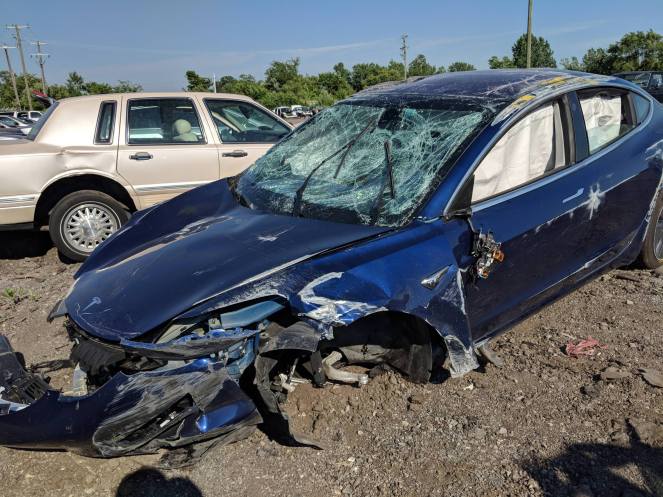
- Tesla seems determined to blame every crash involving a Tesla on driver error. Elon Musk has claimed that a Tesla is approximately four times safer than any other car, but US figures show he’s wrong. Tesla fatality rates are more than triple that of all luxury cars combined and at least 37 percent higher than the average car.
- Shutdowns while driving. Go on YouTube and you’ll find numerous examples of Teslas shutting down while being driven. A message saying “Car shutting down – pull over safely” is not particularly helpful when you’re doing 100km/h in traffic on a freeway.
- Touchscreen failures. The touchscreen in Teslas controls almost everything and that includes things that might be better controlled by knobs and buttons. When the touchscreen freezes, as has been reported on numerous occasions, most functions become unmanageable. To fix the problem, Tesla reboots the software, but that means yet another trip to the service centre. Tesla says it’s using over-the-air software updates to install preventative fixes, but owners report ongoing issues.
- Winter problems. While not such an issue in Australia with our comparatively benign climate, overseas Tesla owners have experienced issues with the flush door handles freezing and being difficult to operate. Another cold weather issue is the rate of battery drain in cold conditions.
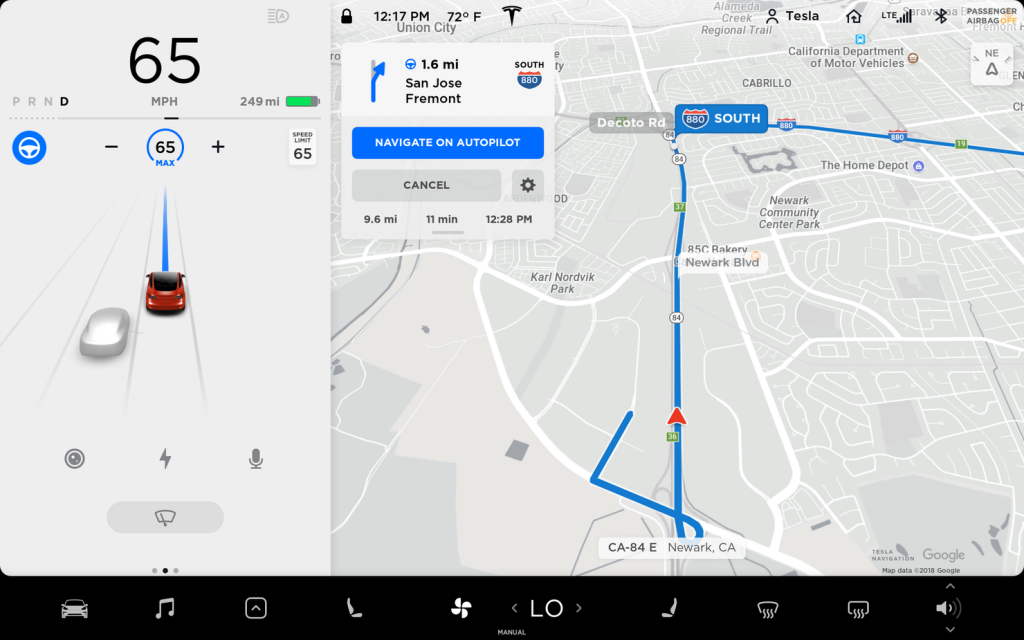
- Many of the problems with Autopilot can be put down to owners not understanding how it works, and its limitations, but that’s not an acceptable excuse. Many purchasers claim to have been misled into believing it is safer and more capable than it actually is – a position endorsed by the US Center for Auto Safety that has sent a letter to the Federal Trade Commission asking them to investigate the strategies Tesla has used to sell Autopilot.
- Problems with the falcon-wing doors. Everyone loves the double-hinged falcon-wing doors on the Model X (we prefer to call them gull-wing, but we’ll go with Tesla’s terminology). Despite the sophisticated sensors, owners have reported the doors hitting overhead obstacles. Others have reported water leaks and such poor alignment that the doors won’t close properly. They are also susceptible to rattles and squeaks (a problem across the Tesla range).
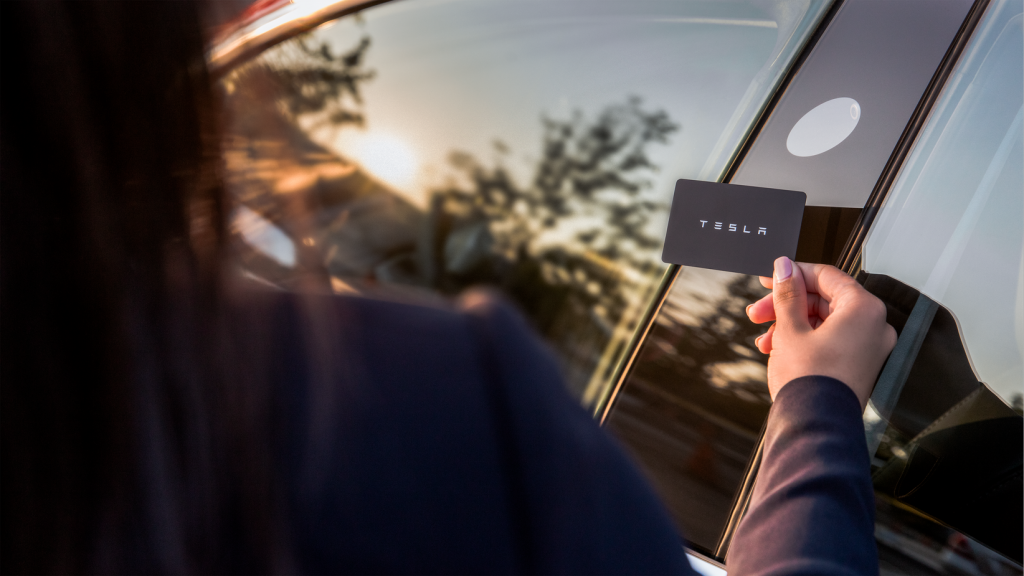
- Locking and unlocking issues. Owners have reported being unable to unlock their cars using the electronic key card or the iPhone app. Since there’s no traditional key, a technician has to be called out to fix the problem. The pop-out door handles sometimes don’t, and windows occasionally won’t close all the way, or, in other cases, won’t open.
- Steering and suspension. Multiple news stories have appeared about Tesla suspension failures. Another issue so serious that Tesla recalled 123,000 cars was with the power steering (and Tesla asked owners to sign a non-disclosure agreement in an attempt to cover the problem up).
- Unsafe third row seats. Reinforcing the claim that Teslas are released before they have been properly developed and tested, it was discovered after going on sale to the public that the third-row seats in the Model X might fold forward in a crash. This was uncovered in a strength test, fortunately before anyone was injured as a result of the fault. Tesla issued a recall notice for the 2666 vehicles already delivered.
Tesla is making ground
A study by US company Bloomberg among almost 5000 Model 3 owners in late 2019 found that Tesla is making ground with its quality control issues. Defects reported by owners fell by 44 percent in Q3 last year compared to the same period the year before. Paint, panel gaps, scratches and dents continued to be the most-often reported problems with owners reporting 35 problems per 100 new vehicles. In answer to the question of how much they enjoyed driving their Model 3 Teslas, respondents gave a score of 4.97 out of 5, almost unheard of for a consumer product.
In Norway, Tesla’s satisfaction rating has plummeted. In BI Norwegian Business School’s annual Customer Barometer Survey, Tesla ranked a lowly 51st across all industries and 12th among car makers. Its 75.5 score out of 100 was down from 82.8 in 2018. However, as was found in the US, loyalty remains high. More than 11,000 Tesla Model 3 models were sold in Norway between January and August 2019, making it the most popular car in Norway, but delivery problems, delays and quality control issues detracted from the good news.
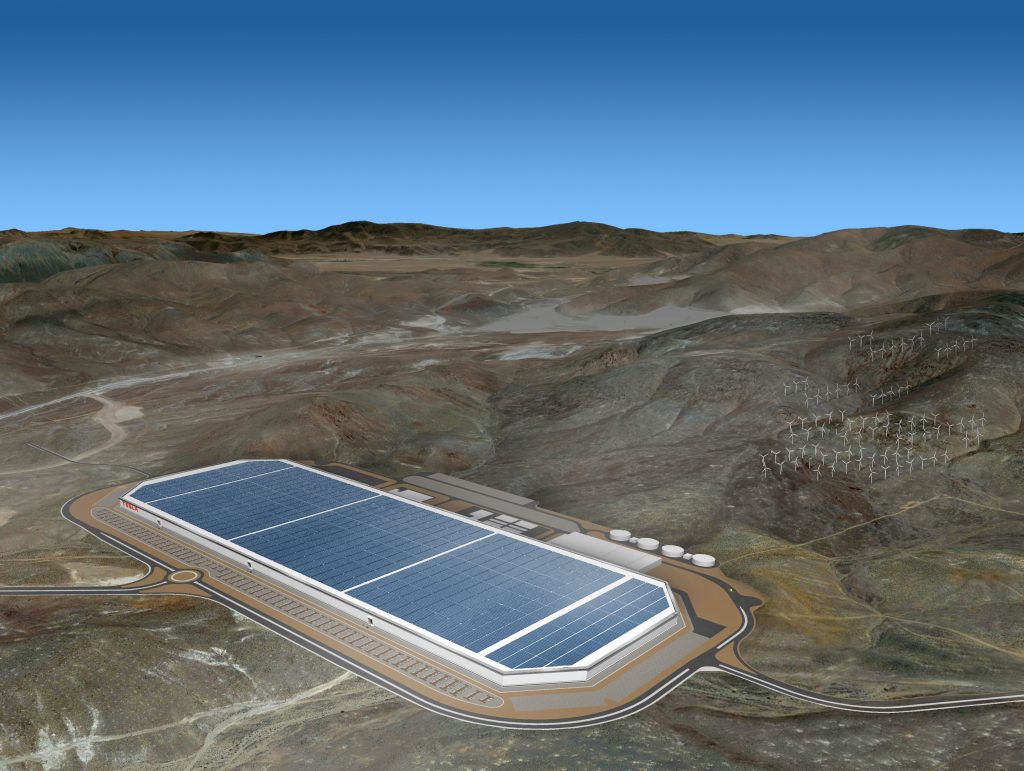
But how much of a threat is Tesla to the majors?
According to Oppenheimer analyst Colin Rusch, Tesla represents an “existential threat” to major automakers. He cited Tesla’s new Gigafactory in Shanghai which was built within just 10 months. Cars produced there began being delivered at the end of 2019 and production has reportedly ramped up to more than 1000 a week. Tesla also has a production line in the US (in California) and a third soon to be manufacturing in Germany (at Grünheide). The Tesla Model 3 was the best-selling electric vehicle in the world for the first 11 months of 2019.
The company has already had a significant effect on the auto industry by influencing what kinds of cars its competitors make, what they look like and what tech features they include. The company has an ambitious vision for the future that includes renewable energy and autonomous vehicles. That still doesn’t explain, though, how Tesla has a market capitalisation (at $US100 billion) double that of General Motors and trailing only Toyota worldwide at $US233 billion (January 2020 figures).
Is Tesla subject to a deliberate negative campaign?
So, is it conceivable that the major automakers are conducting a systematic negative campaign against Tesla?
History suggests it isn’t beyond the realms of possibility. Elon Musk himself has taken to Twitter to suggest someone is perpetuating a conspiracy to make it seem the Model S suspension woes are more widespread than they actually are.
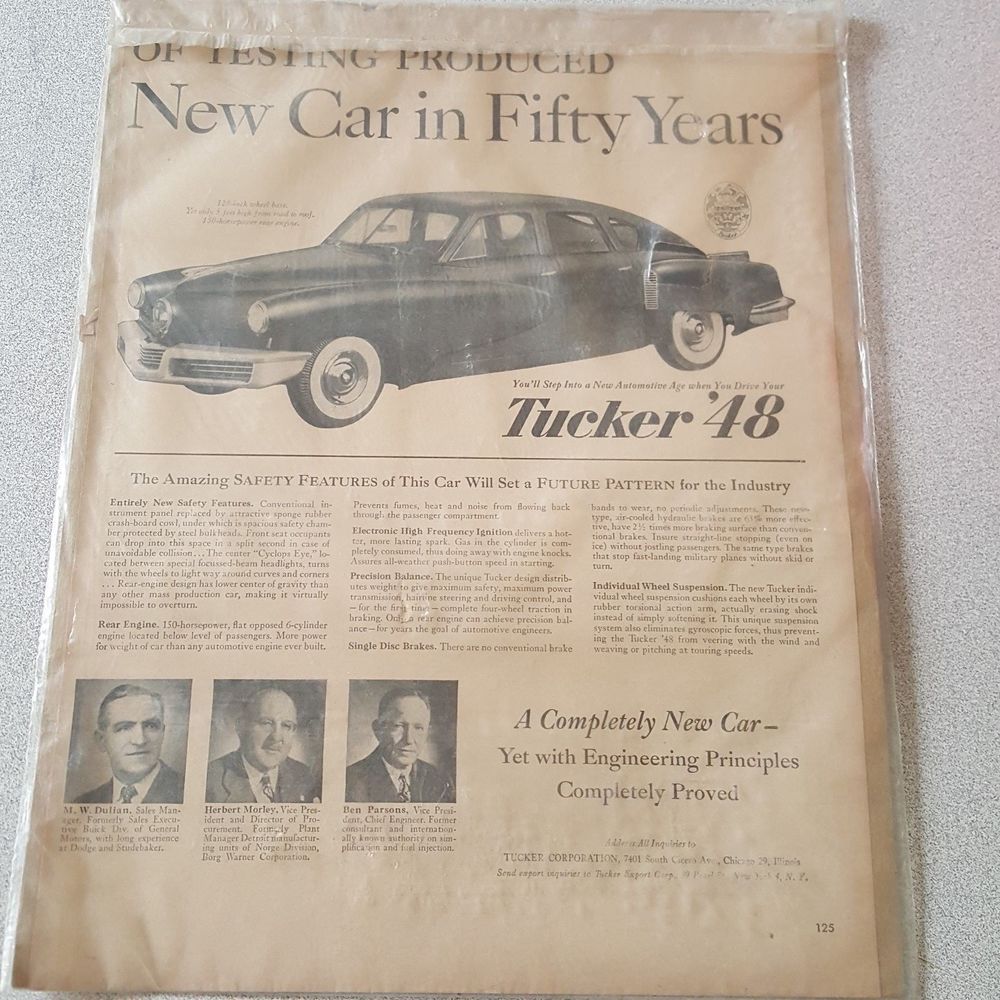
Parallels can be drawn between Elon Musk and Preston Tucker, an entrepreneur who decided to build an advanced and innovative car, the Tucker 48. In 1946, his first design appeared in Science Illustrated, a car with a hydraulic drive system, rear engine and numerous ahead-of-their-time safety features such as disc brakes, padded dashboard, a passenger-protecting chassis, laminated pop-out windscreen and more.
From the start, Tucker and his company were under intense pressure, much of it generated by the major auto manufacturers who saw his car as a threat to their profits. The huge Dodge Chicago Aircraft Engine Plant on which Tucker had negotiated a lease was held up by claims and counter claims and disputes. Media reports criticised various aspects of the car and the way in which Tucker raised funds. Dealerships began filing lawsuits and the stock price plummeted. In 1949, the company became the subject of a grand jury investigation. Control was taken away and Tucker and six other Tucker Corporation executives were indicted n 25 counts of mail fraud, five counts of violations of SEC regulations and one count of conspiracy to defraud. The Tucker factory closed on the same day the trial began, after just 37 cars had been built (loyal employees, some without pay, returned to finish another 13 cars).
In January 1950, all defendants were found not guilty of all counts.
Is a similar campaign being waged against Tesla? We can only speculate.
